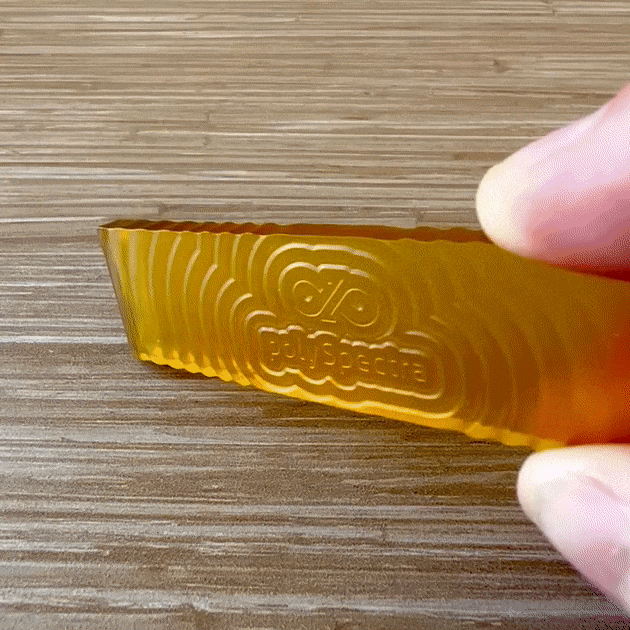Biocompatibility in Photopolymer Resin 3D Printing
Introduction
The integration of 3D printing technologies in biomedical applications necessitates a thorough understanding of biocompatibility and cytotoxicity, particularly as defined by the ISO 10993-5 standard. This report evaluates several scientific sources to provide a comprehensive overview of the current knowledge on the biocompatibility and cytotoxicity of photopolymer resins used in 3D printing, with a focus on stereolithography and vat photopolymerization techniques.
Recommended Sources
Biocompatibility of photopolymers in additive manufacturing Relevance: This source discusses the essential requirements for the manufacture of biocompatible products using 3D printing technologies, including material printability, biocompatibility, mechanical properties, biodegradability, and the absence of hazardous by-products. It emphasizes the significance of each factor and the impact of 3D printing parameters on material properties.
Reliability: The article is published on the National Center for Biotechnology Information (NCBI) platform, which is a reliable and reputable source for scientific literature. The content is peer-reviewed, ensuring the credibility of the information presented.
Significance: The source is significant as it provides a detailed analysis of the factors influencing biocompatibility in 3D printing, including the use of non-toxic polymeric materials and biopolymer inks. It also highlights the importance of optimizing 3D printing parameters to minimize the emission of toxic particles and VOCs.
Biocompatible 3D printing resins for medical applications Relevance: This review focuses on biocompatible photosensitive resins for medical applications, examining their intended uses, biocompatibility certifications, and post-processing guidance. It addresses the challenges users face when selecting materials for specific applications.
Reliability: The article is published in “Annals of 3D Printed Medicine,” a reputable journal that specializes in the field of 3D printing in medicine. The review process ensures that the information is accurate and trustworthy.
Significance: The source is significant as it provides a comprehensive review of marketed biocompatible resins, which is essential for researchers and practitioners in the field of medical 3D printing. It also highlights the need for standardization in the information provided with these materials.
Toxic or not toxic? The specifications of the standard ISO 10993-5 Relevance: This article discusses the specifications of ISO 10993-5 for in vitro cytotoxicity tests and investigates the reliability of cytotoxicity assessments for standard medical device materials. It is directly relevant to the research question as it evaluates the explicitness of the standard’s specifications.
Reliability: The source is published in “Frontiers in Medical Technology,” a peer-reviewed journal that is part of the Frontiers journal series, known for its open-access and rigorous review process.
Significance: The significance of this source lies in its examination of the comparability of test results across different laboratories and the identification of potential influencing factors. It suggests that the standard ISO 10993-5 should be revised to ensure reliable and comparable results, which is critical for patient safety.
Biocompatibility of 3D-printed photocurable resins Relevance: This paper explores the biocompatibility of several commercial resins used in 3D printing and introduces post-printing treatments to enhance biocompatibility. It is relevant to the research question as it addresses the biocompatibility of materials used in photopolymer resin 3D printing.
Reliability: The article is available on NCBI, which is a reliable source for biomedical literature. The peer-reviewed nature of the content adds to its reliability.
Significance: The source is significant as it provides a pathway for developing biocompatible 3D printed devices, especially for interfacing with electrogenic cells. It also discusses the relationship between resin composition and biocompatibility, which is crucial for the development of safe medical devices.
Conclusion
The importance of biocompatibility and cytotoxicity in the context of photopolymer resin 3D printing is critical for ensuring the safety and efficacy of medical devices. The ISO 10993-5 standard plays a pivotal role in defining the requirements for in vitro cytotoxicity tests, which are essential for the biological evaluation of medical devices. The sources recommended in this report provide a comprehensive understanding of the factors affecting biocompatibility, the reliability of cytotoxicity assessments, and the need for standardized information on biocompatible materials. These sources are valuable for researchers, manufacturers, and healthcare professionals involved in the development and use of 3D printed medical devices.
